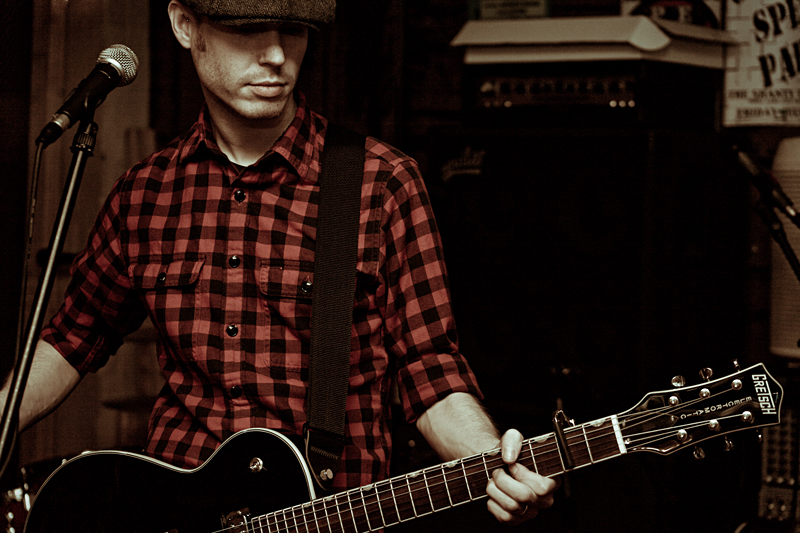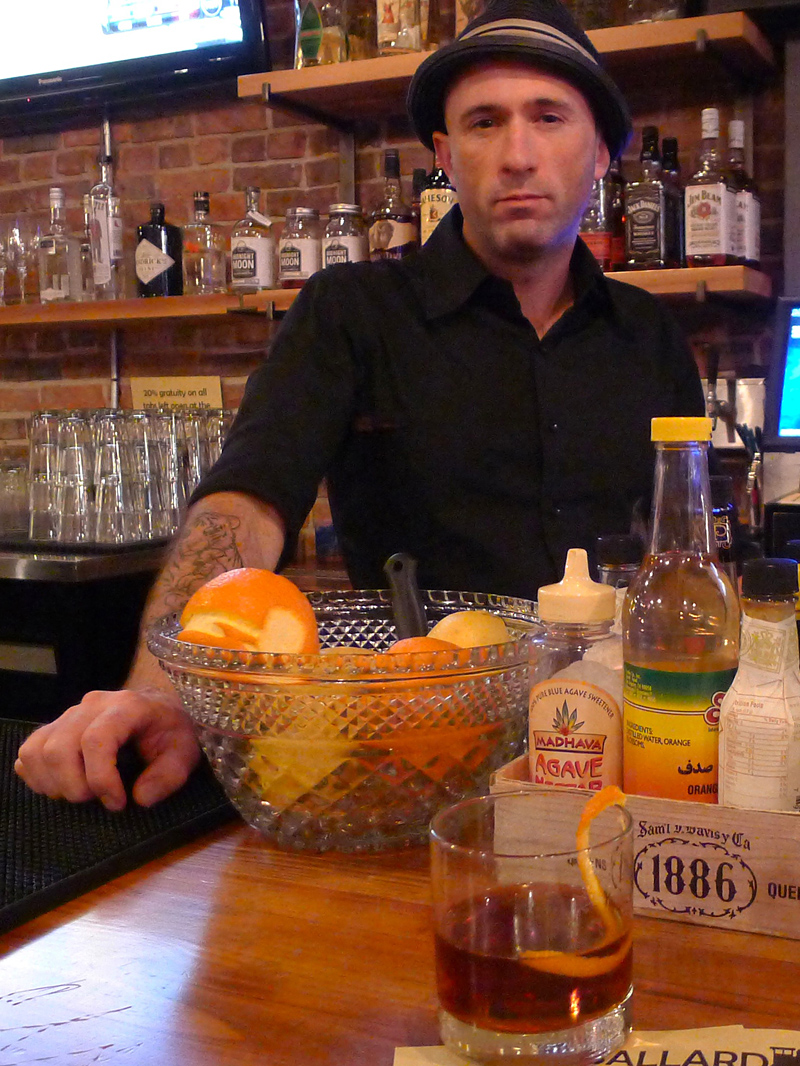Karl Marx famously said that religion is the opiate of the masses, and now a new study from sociologists at the University of Washington suggests that attending a Protestant megachurch actually does produce a high much like being on drugs.
The study, titled ” ‘God Is Like a Drug . . . ‘: Explaining Interaction Ritual Chains in American Megachurches,” is the work of UW professor James Wellman and grad students Katie E. Corcoran and Kate Stockly-Meyerdirk. The trio pored over 470 interviews with attendees of 12 megachurches from across the United States.
Megachurches, defined as having a weekly congregation of more than 2,000 people, are a relatively new phenomenon, and they have become staggeringly popular. There are now more than 1,500 Protestant megachurches in the United States, at least 50 of which boast weekly attendance figures from 10,000 to 47,000. More than half of all churchgoers attend the largest 10 percent of churches in America.
“American Christianity has shifted from a smattering of mainline and evangelical Protestant denominational churches, befitting small-town American life,” Wellman writes, “to a veritable cavalcade of postmodern, post-suburban, post-denominational megachurches.”
While often criticized for being glorified rock concerts (and also for occasionally being led by closeted, meth-smoking bigots like Ted Haggard), the UW researchers found that megachurches are “powerful purveyors of emotional religious experience.” In addition to incorporating popular music and state-of-the-art video technology into sermons, the UW team notes that “these churches have mastered the art of creating a welcoming, non-intimidating ethos and aesthetic.”
When all those factors are combined, the researchers say, the effect on the brain is similar to the high one gets from illicit drugs. The cause is a neurochemical called oxytocin, which “strongly influences the workings, the thoughts, decisions, and tendencies of the prefrontal cortex.” Experiencing a megachurch sermon can create an “Oxytocin cocktail” in your brain that includes other neurotransmitters and hormones. These combine to build a “sense of recognition, trust, and a reduction of stress.”
The researchers found that when megachurchgoers were asked to describe the effects of their worship, they occasionally sounded like junkies. One man expressed that “God’s love becomes . . . such a drug that you can’t wait to come get your next hit . . . You can’t wait to get involved to get the high from God.” Amusingly, another megachurch parishioner quoted in the UW study said “The movement of the Holy Spirit goes through the crowd like a football team doing a wave.”
“The experience is very euphoric,” Corcoran says. “It’s sort of contagious. They describe it in a way that’s addictive. They need it. They hunger for it. They thirst for it.”
Just like a bad dope habit, megachurch worshippers sometimes struggle with withdrawals. Corcoran says that some people reported meeting in smaller groups during the week to “keep them going between Sundays.”
All this doesn’t necessarily mean that megachurches are bad. “The megachurch message is more positive about being good or different people,” Corcoran says, comparing modern megachurches to the fire-and-brimstone preachers of old. “The pastors are not generating horror and terror and fear of the afterlife, but really positive sentiments.”
But with all the passing of the collection plate, the substantial time commitment, and the constant exposure to contemporary Christian rock, it might be cheaper and more pleasant just to start shooting heroin.








